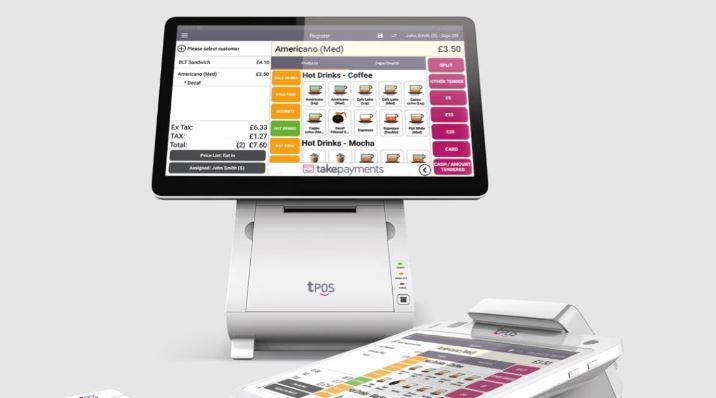In the fast-paced world of business, efficient operations are key to success. One way to achieve this is through seamless POS system integration. Here’s a guide to best practices that can help streamline your business processes without the complexity.

Understanding Your Business Needs
Begin by comprehending your specific business requirements. Identify the areas where integration can enhance efficiency, such as inventory management, sales reporting, or customer relationship management.
Choosing the Right Integration Software
Opt for integration software that aligns with your business needs and current POS system. Ensure compatibility and scalability, allowing your business to adapt to future changes effortlessly.
Cloud-Based Integration
Consider cloud-based POS system integration for its flexibility and accessibility. Cloud solutions provide real-time data syncing, enabling you to manage your business from anywhere, anytime.
Centralized Data Management
Integrate systems that centralize data management. This ensures consistency across all platforms, reducing the risk of errors and discrepancies in your business data.
Seamless Inventory Management
Implement integration that allows for seamless inventory management. This includes real-time updates, automated stock replenishment, and accurate tracking to prevent overstock or stockouts.
Customer Relationship Management (CRM) Integration
Integrate your POS system with CRM software to enhance customer interactions. This integration enables personalized marketing, loyalty programs, and a better understanding of customer preferences.
Employee Management Integration
Streamline workforce management by integrating your POS system with employee scheduling and payroll systems. This reduces manual tasks, minimizes errors, and ensures accurate compensation for your staff.
Security Measures
Prioritize security in your POS system integration. Choose solutions that encrypt sensitive data, implement user access controls, and regularly update security protocols to protect against potential threats.
Regular System Updates and Maintenance
Schedule regular updates and maintenance for your integrated systems. This ensures that you benefit from the latest features, improvements, and security patches, keeping your business operations optimized.
Training and Support
Provide adequate training for your staff on the integrated systems. Additionally, ensure that reliable support channels are in place to address any issues promptly, minimizing disruptions to your business.
Monitoring and Evaluation
Establish a monitoring system to evaluate the performance of your integrated POS solutions. Regularly assess the impact on efficiency, productivity, and customer satisfaction to make informed decisions for continuous improvement.
Customization Options
Look for POS system integration solutions that offer customization options. This allows you to tailor the integration to suit your specific business processes and preferences, ensuring a more personalized and effective solution.
Data Analytics Integration
Integrate your POS system with data analytics tools. This enables you to gain valuable insights into customer behaviour, sales trends, and overall business performance. Utilize these analytics to make informed decisions and drive strategic growth.
Mobile Integration
Consider POS system integration with mobile devices. This allows for more flexibility in processing transactions, managing inventory, and accessing real-time data on-the-go. Mobile integration enhances the overall agility of your business operations.
Multi-Location Compatibility
If your business operates in multiple locations, choose a POS system integration solution that seamlessly caters to this structure. Ensure that data synchronization occurs accurately across all locations for centralized management.
Integration with E-commerce Platforms
If your business has an online presence, integrate your POS system with e-commerce platforms.
API (Application Programming Interface) Accessibility
Select integration solutions that offer API accessibility. This facilitates the connection between your POS system and other software applications, allowing for smoother data flow and collaboration between different tools.
Scalability Features
Plan for the future by choosing scalable integration solutions. As your business grows, the integrated systems should be able to accommodate increased data volumes and additional functionalities without causing disruptions.
Integration with Marketing Tools
Enhance your marketing efforts by integrating your POS system with marketing tools. This integration enables targeted promotions, personalized communication, and a more comprehensive understanding of your customer base.
By incorporating these best practices, your business can leverage POS system integration to enhance operations, improve customer experiences, and stay ahead in today’s competitive market.
